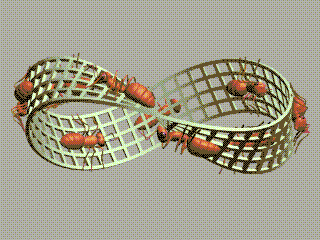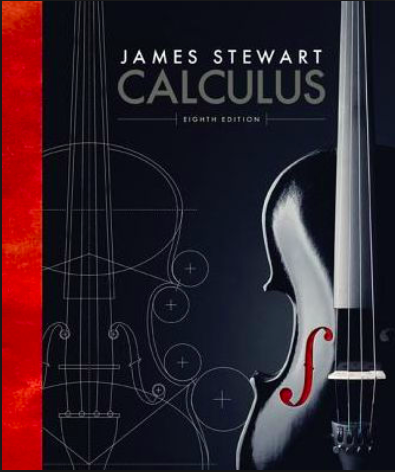- Mo — Th: 8:15 am — 6:45 pm
- Fr: 8:15 am — 4:15 pm
- Monday 1 pm — 6:45 pm
- Tuesday 10 am — 6:45 pm
- Wednesday 10 am — 12 pm & 1 pm — 3 pm
- Thursday 1 pm — 6:45 pm
- Friday 10 am — 4 pm

Course Math 5C — CRN 53226, Summer 2019
Dates & Time MoTuThFr 7:30 am — 11:00 am
Place C Bulding, Room 304
Instructor Jorge Basilio (gbasilio@pasadena.edu)
Office MSC R-406
Office Hours None in Summer session.
TutoringThis includes our first day of class! The quiz will be a review of Calc 1 and Calc 2. If you took Calc 2 in the Spring then you likely don't need to study, but if you took Calc 2 more than 3 months ago, you will need to review Calc 1 and Calc 2 (see the study guides/cheat sheets).
|
|
|
|
|
|
|
|
|
|
|
|
|
|
|
|
|
|
|
|
|
|
|
|
|
|
|
|
|
|
|
|
|
|
|
|
|
|
|
|
|
|
|
|
|
|
|
|
|
|
|
|
|
|
|
|
|
|
|
|
|
|
|
|
|
|
|
|
|
|
|
|
The power of calculus lies in its power to reduce complicated problems to simple rules and procedures. While these procedures can be (and often are) taught with little regard to the underlying mathematical concepts or their practical uses, our emphasis will be on understanding all of these: concepts, procedures and uses. We will engage in the full mathematical process, which includes searching for patterns, order and reason; creating models of real world situations to clarify and predict better what happens around us; understanding and explaining ideas clearly; and applying the mathematics we know to solve unfamiliar problems.
This course extends the thread of mathematical inquiry of the dual topics of differentiation and integration for functions of several variables. Whereas functions of one variable may be visualized as curves on the plane, we may visualize a real-valued function of two-variables as a surface in three-dimensional space. But what does it mean to take a derivative or a defnite integral of a surface? We will address this question and more in this course. Like in Calculus I &p; II, we will see that there is a beautiful geometry associated with functions of several variables.
Our frst task will be to develop a useful language for easily describing geometric objects in two and three dimensions using vectors. Then we will continue to study vector-valued functions, partial derivatives, the gradient vector, Lagrange multipliers, double and triple integrals and line integrals, culminating with the fundamental theorems of Green, Stokes, and Gauss. We will also apply these ideas to a wide range of problems that include motion in space, optimization, arc length, surface area, volumes, and centers of mass, time permitting.
The students should be able to interpret the concepts of Calculus algebraically, graphically and verbally. More generally, the students will improve their ability to think critically, to analyze a problem and solve it using a wide array of tools. These skills will be invaluable to them in whatever path they choose to follow, be it as a mathematics major or in pursuit of a career in one of the other sciences.
Here is the "Class Key" to register and access WebAssign, which is the online homework system that we will use.
 The textbook is Calculus, 8th Ed., by James Stewart. We will cover most of the material in Chapters 12–16. You should read the relevant section of the text before we cover the material in class, and then again while doing the homework.
The textbook is Calculus, 8th Ed., by James Stewart. We will cover most of the material in Chapters 12–16. You should read the relevant section of the text before we cover the material in class, and then again while doing the homework.
The WebAssign system comes with access to the textbook in electronic form. So if you are ok with studying from an ebook then you DO NOT have to buy a hard copy of the textbook. I would encourage students who plan to take Calc I-II-III, or more advanced mathematics courses to purchase a hardcopy of the textbook to keep as a reference.
You can buy an earlier edition for cheaper if you plan to use it as a future reference or resource. Since the HW is done online you will not need the textbook for the homework, only to read the book and study.
| Quizzes (Qs) | 7% |
| In-Class Assignments (ICAs) | 0% |
| Online Assignments (OAs) | 15% |
| Exams (4 @ 12% each) | 48% |
| Final Exam | 30% |
The final exam is two hours long, and will be on Tuesday, July 30, in our usual classroom from 7:30 — 9:30 am.